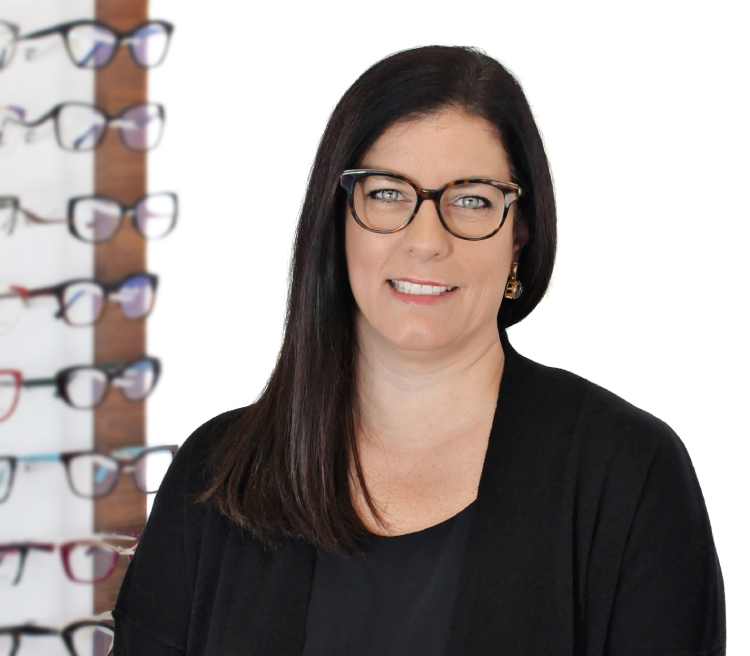Lazy eye, also called amblyopia, is often thought of as a childhood condition. Many adults believe that, if the condition isn’t treated early, there’s nothing that can be done later in life.
The truth is that amblyopia can still be improved in adults with targeted therapies, including vision therapy programs designed to retrain how the eyes and brain work together.
For adults who have been told there’s no way to improve a lazy eye, new research and therapies are proving that change is still possible.
What Is Amblyopia?
Amblyopia occurs when the brain favours one eye over the other, leading to reduced vision in the weaker eye. It typically develops in childhood, often due to strabismus (an eye turn), unequal prescriptions between the eyes, or visual deprivation (such as cataracts early in life).
While amblyopia is most commonly identified in children, its effects don’t disappear with age. Adults with amblyopia may experience:
- Blurry vision in one eye
- Poor depth perception
- Difficulty with reading or close work
- Trouble with eye-hand coordination
Why Do People Think Adults Can’t Be Treated?
For decades, eye care professionals believed amblyopia could only be treated effectively in early childhood, based on the concept of a “critical period” for visual development. However, recent research shows that the adult brain retains a degree of neuroplasticity—the ability to adapt and form new connections, even later in life.
This means that, although treatment may take longer and require structured therapy, many adults can still experience improvement in their visual skills.
Treatment Options for Adults with Amblyopia
A common myth is that amblyopia can only be treated in childhood. While treatment in kids is usually simpler, adults are not without options. There are several approaches that may help improve visual function at any age.
Corrective Lenses
Glasses or contact lenses may help by correcting significant differences in prescription between the two eyes, reducing strain and helping the weaker eye participate more fully. Even though this doesn’t “cure” amblyopia, it can support better visual comfort and provide the groundwork for more targeted treatments.
Eye Patching
Traditionally used in children, patching the stronger eye forces the brain to rely on the weaker one. In adults, patching alone is often less effective, but it may still be used in combination with other therapies. The key is finding an approach that encourages both eyes to work together rather than creating further imbalance.
Vision Therapy

Vision therapy is emerging as a leading treatment option for adults with amblyopia, as it actively retrains visual skills and encourages the brain and eyes to work together. Vision therapy programs are customized for each patient. Some adults may want sharper vision for reading, others for work or sports.
Whatever the goal, therapy can be adapted to support the skills that matter most to daily life. Many patients also appreciate that the process feels collaborative—they’re working with optometrists and vision therapists who understand their challenges and goals.
For adults who may have lived with this condition for years, learning that improvement is possible can be an emotional turning point. Treatment isn’t about chasing perfection, but about building meaningful improvements that support confidence and quality of life.
What Is Vision Therapy?
Vision therapy is a personalized program of eye exercises and activities supervised by optometrists and vision therapists. It is not the same as “eye exercises” found online—it’s a structured medical treatment designed to improve specific visual skills.
Programs are tailored to each patient’s needs and may include:
- Computer-based activities that challenge the brain to integrate both eyes
- Exercises to improve eye teaming and depth perception
- Activities to strengthen focus and visual processing
The goal is to help both eyes work together comfortably and efficiently, so the weaker eye no longer lags behind.
How Vision Therapy Helps Adults with Amblyopia
Adults with amblyopia often struggle with depth perception and binocular vision. Vision therapy addresses these challenges by:
- Encouraging binocular vision: Instead of suppressing input from the weaker eye, therapy promotes both eyes working together.
- Improving depth perception: Better eye teaming can restore some ability to judge distances accurately.
- Boosting daily function: Patients may notice improvements in reading endurance, coordination, or comfort during visual tasks.
Studies show that structured vision therapy can improve visual acuity and binocular function in adults, highlighting the potential for meaningful change later in life.
Improving Vision at Any Age
The belief that amblyopia cannot be treated in adults is outdated. With today’s understanding of neuroplasticity and the availability of structured vision therapy, adults living with lazy eye have more options than ever before to enhance their vision and daily comfort.
For adults who may have been told “there’s nothing that can be done,” this knowledge can shift their expectations. Treatment may not always restore perfect sight, but it can bring real improvements in function, comfort, and confidence.
Vision Therapy Ottawa is dedicated to helping patients of all ages live to their full potential by improving how their eyes and brain work together. Book an appointment with us today to learn if vision therapy could help improve your amblyopia.




